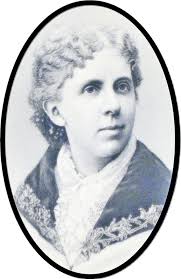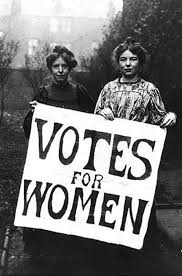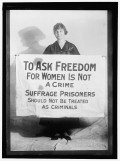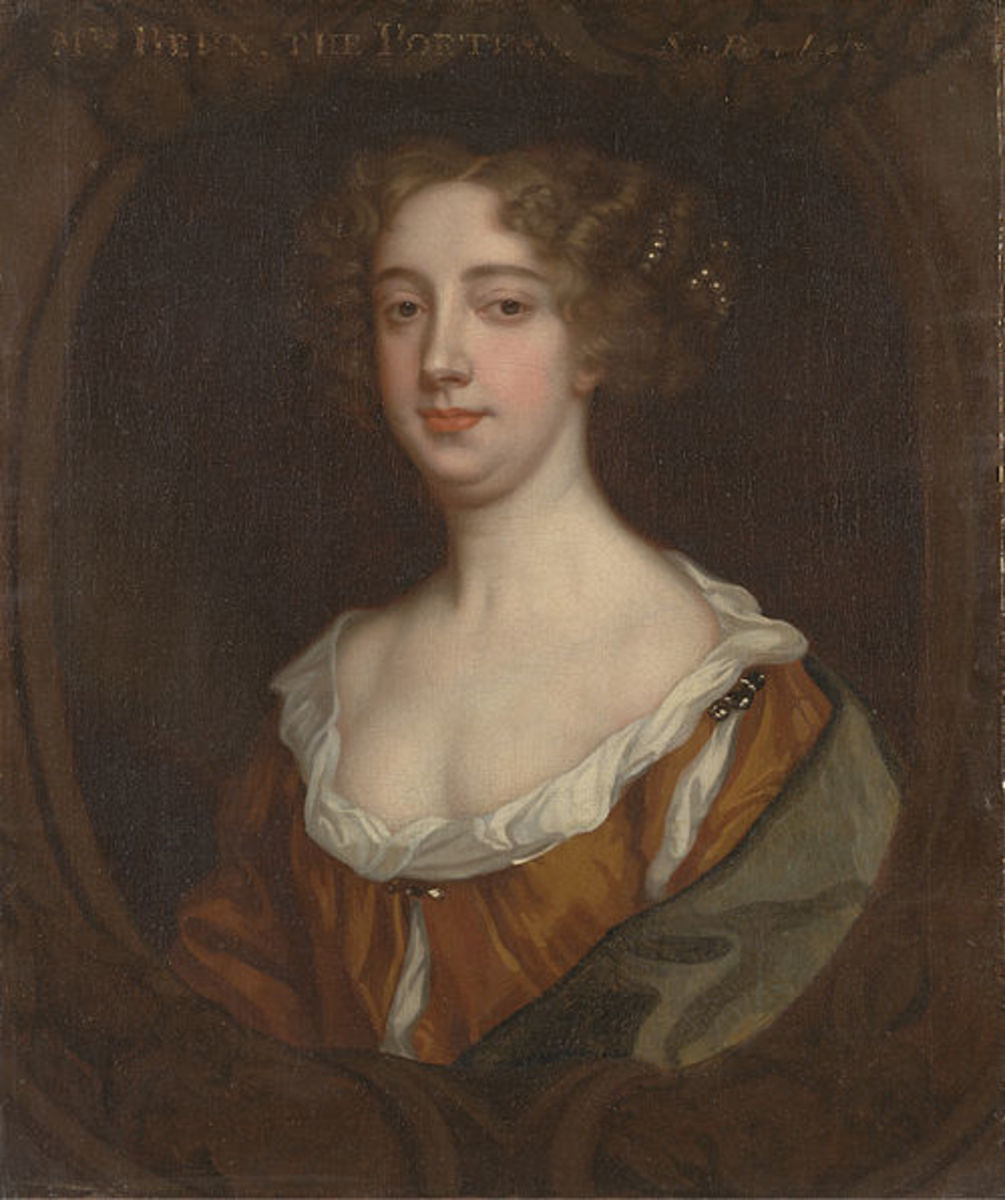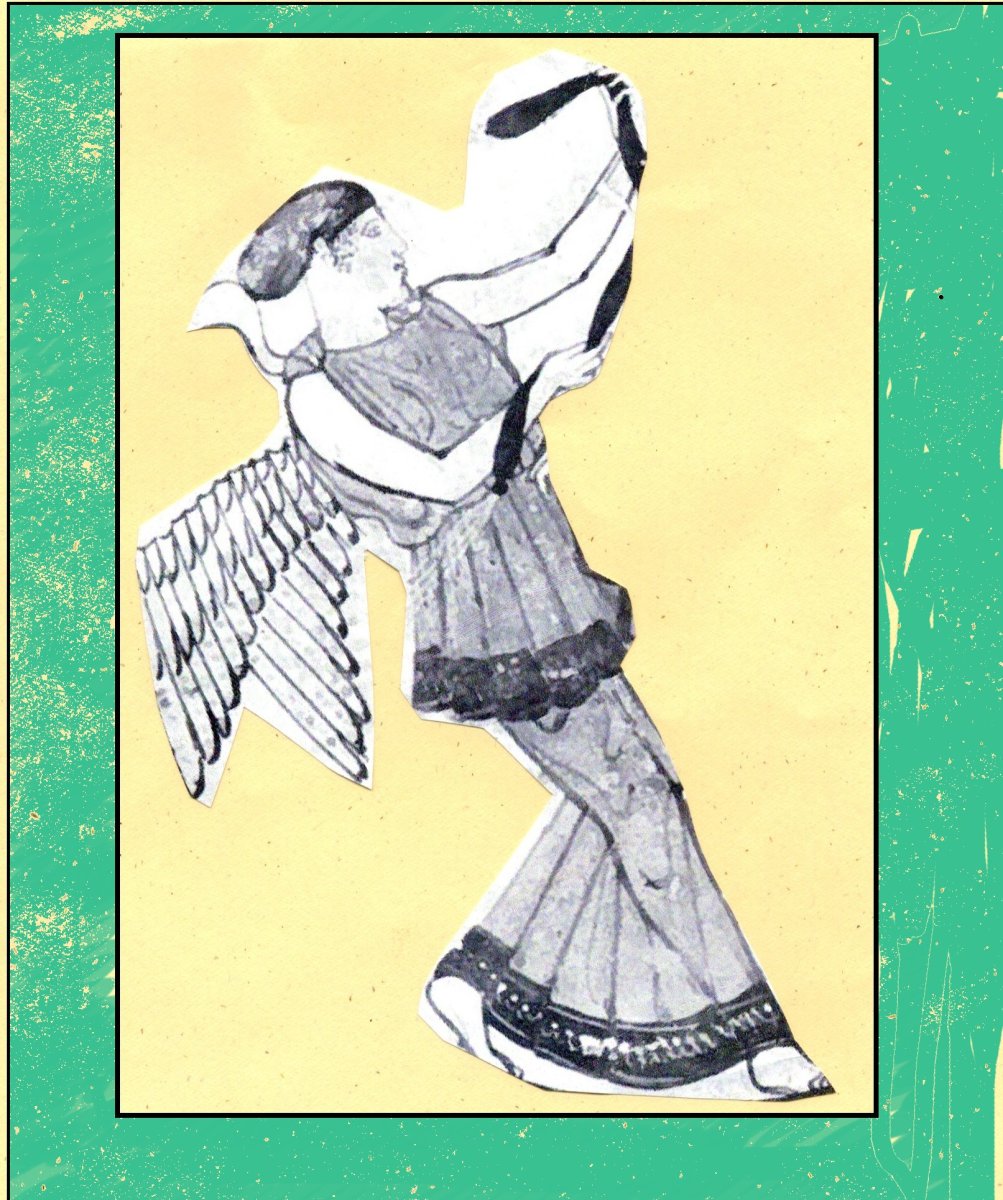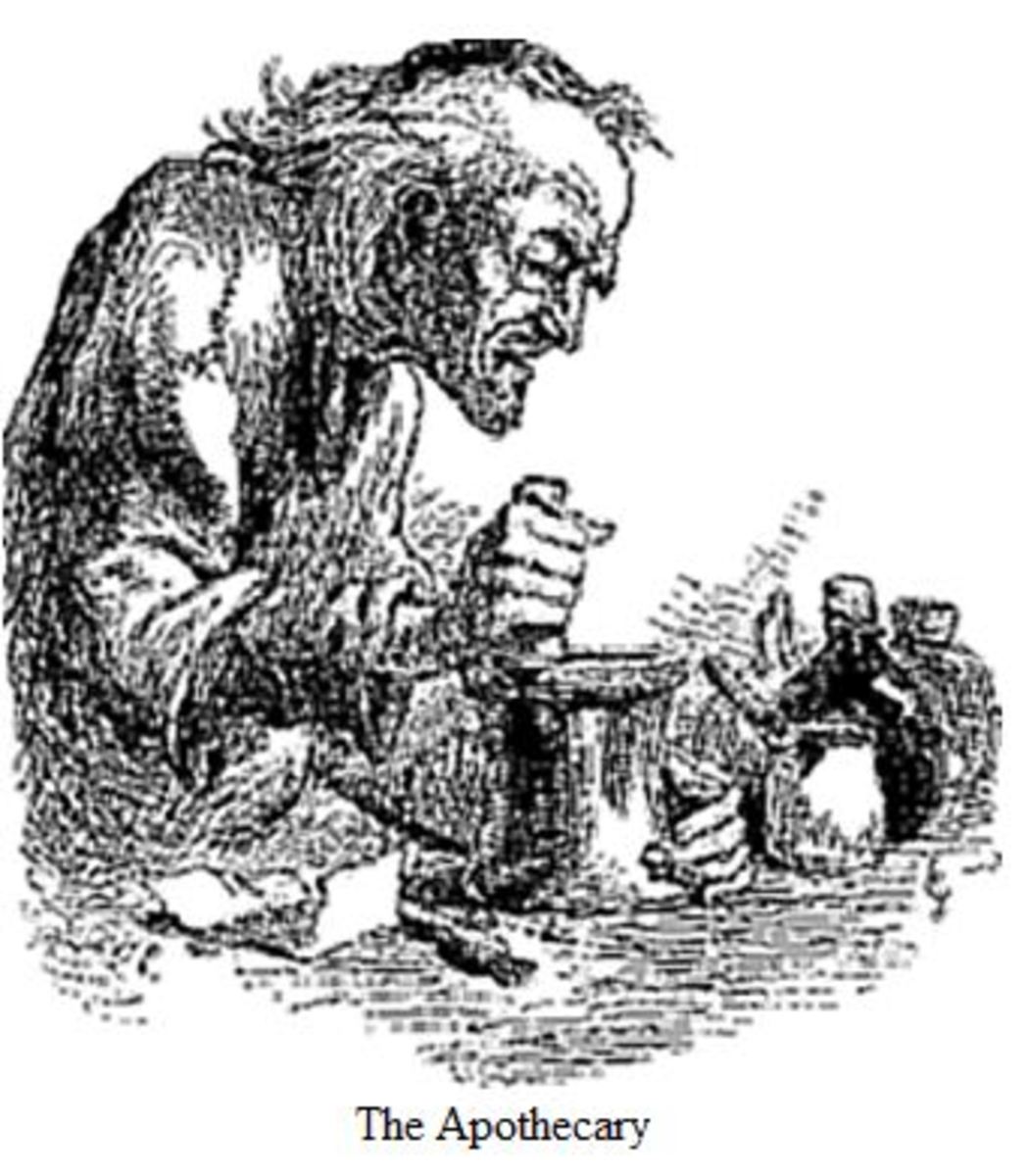women's suffrage movement
Transformation of the Women’s Suffrage Movement
Transformation of the Women’s Suffrage Movement
Introduction
The women suffrage movement was a focused on the right of women to vote and even stand for various electoral rights. Although their ideology, ideas and program changed from justice to expediency arguments between 1848 and 1920, the author is of the opinion that the vote, from a suffragist worldview was a means of challenging the various traditions that oppressed women before and during this period. however, explanations for this shifts an unavailable due to the fact that they largely reside in the tranquil period of the suffrage history (1870-90), which attracted very little attention from the scholars of this movement. Despite their significant contribution to the cause, and the fact that they played a crucial role in the initial phases of this movement, the women in this era (such as Elizabeth Boynton Herbert in Illinois) remain invisible in a majority of the literature. Here, the author gives focus on their role in the shifts that took place as well as their contribution to the cause, which is a bold step that helps bring them from the shadow of the others.
Although women like Boynton may not have been intellectual equals of such women as Elizabeth Cady Stanton, or even attained their level of recognition, their role in the movement cannot be underestimated (Buechler 1987, 78- 97). With the help f her likes, she assisted the others build local and regional movements for women suffrage and mobilized women in to the reforms. This goes to show their commitment and unwavering support for the movement and the amount of work they had to do to make this possible. Through her experiences, education, associations with other suffrage leaders and work as an author, Herbert, and other women like her underwent various transitions with regards to how they thought about voting and the right of women. it is through her therefore that the author provides an explanation for the larger patterns of the transformations that occurred during the suffrage movement.
For instance, in "Out of Her Sphere", we are getting to see the different lives of two women of the same age group (Harbert 1867). whereas one chose to live according to the traditional stereotypes of the time, the other refuses to succumb to the societal pressure. this leaves the former in a disastrous marriage since she is condemned to a life where women are viewed as the property of men, and expected to confine their day to day lives to a domestic given sphere that keeps them inferior to men. According to Boynton the economic reality plays a significant role in condemning the "woman" in to a state where she is incapable of becoming self- sufficient. She blames these problems on the unquestioned social customs. For this reason, she supported the idea of equal education for both men and women, arguing that it would bring about some level of balance between family and work between the two genders. here, it is possible to see how some of the women, such as Boynton identified the problems with the norms of the society they were living in. having identified such problems, they came to identify the solutions, as well as how the women had played a part in allowing such problems to continue existing. As much as women were important to the family, there rights also mattered, and therefore deserved to be treated as mature adults (mature human beings) with equal rights as men. This therefore shifted the movement from striving to attain women’s right only to removing the obstacles that prevented them from performing their obligations as women. the author has therefore successfully managed to use her as a good example of the transition from the early suffrage movement that was largely emancipatory and politicized feminism to a form of feminism (Buechler 1987), which embodied a general, middle class social ideology of harmony and corporation. this is more important given that it seeks to ensure that all women, including those in the middle class are freed from chains that prevented them from becoming independent and self- sufficient, thus freeing them from what the society had reduced them to.
in the "Woman's Kingdom" she gives focus to various areas including criticizing labor practices, women who were only concerned about luxurious life as well as the power of the vote. She is concerned about how social order had affected the middle- class women. right from being denied an education to the labor practices that continued to exploit the women, she argues that it is the society that continues to keep the middle- class woman down, while the luxurious women continue to live a wasteful life, and thus not really doing anything that would change the lives of women in general. here, the right to education, vote and the right to be treated as equals of men go a long way in to pushing for the chains that had for long keep the women at home doing their domestic duties to be broken, and thus allow the women similar opportunities to grow and develop their lives with equal rights as men.
Through her work, Boynton recognizes how important a woman is to the home given that she gives rise to the next generation, takes the home decent as it should be and thus ensures that everything is taken care off. She therefore describes the woman as the queen of the home. However, the woman is disfranchised to an extent that she is kept from governing the society in the same way she does the home. this advocates for the society to stop denying the woman her rights, and thus allow her to contribute to the society she lives in all spheres of the society (Buechler 1987, 78- 97). this moves from just allowing women to vote, to allowing her to get an education, compete for existing opportunities in the society and thus live a self sufficient life. This is one of the main reasons as to why she goes on to accuse women living in luxury for being wasteful, and thus blind to the suffering of the other women, particularly in the middle class.
Conclusion
though her (Boynton) despite the fact that she was not one of the most prominent or the most popular of women in the suffrage movement, the author has successfully been able to explain the shift of the movement from the right to vote and to expediency arguments to the worldview that saw this movements as a means of challenging the traditions that significantly oppressed women. She uses her skills as an author to condemn the factors that have kept the woman from being independent from man, and thus keeping her in the kitchen.
Bibliography
Elizabeth Boynton Harbert, The Golden Fleece (Boston, 1867), and Out of Her Sphere (Des Moines, Iowa: Mills & Co., 1871)
Steven M. Buechler , Elizabeth Boynton Harbert And The Woman Suffrage Movement, 1870-1896. Source: Signs, Vol. 13, No. 1, Women and the Political Process in the United States (Autumn,1987), pp. 78-97 Published by: University of Chicago Press Stable URL: http://www.jstor.org/stable/3174028 Accessed: 15-11-2015 19:30 UTC.
Steven M. Buechler, The Transformation of the Woman Suffrage Movement: The Case of Illinois, 1850-1920 (New Brunswick, N.J.: Rutgers University Press, 1986).
